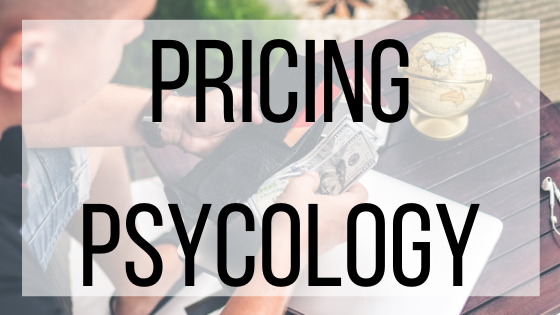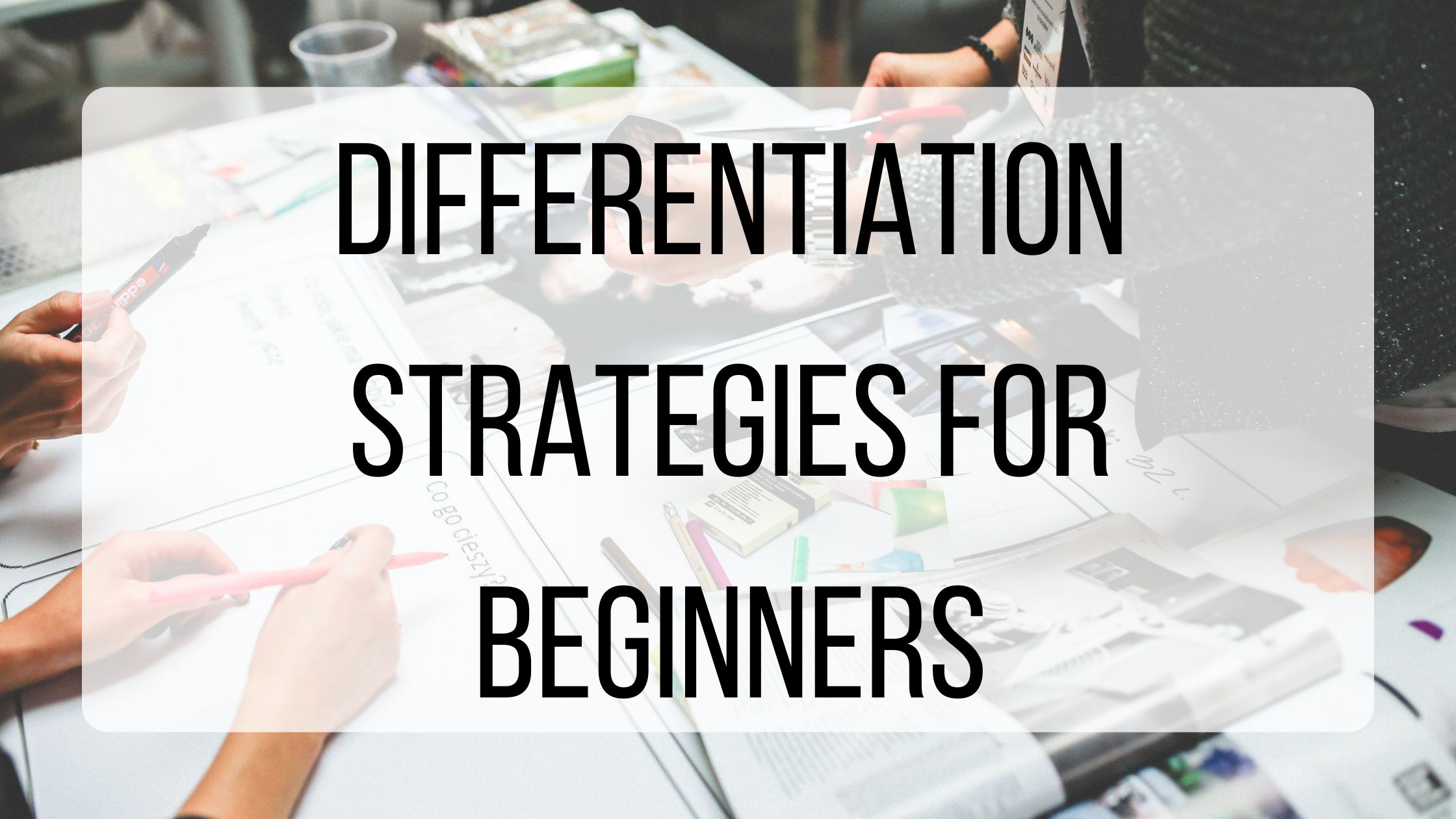Pricing Psychology

No matter what you’re selling, choosing a price for your product or service can be tricky. On one hand, you want the price to bring you revenue and reflect the quality of your product. On the other hand, you want customers to not only be able to afford the product but to not think you are ripping them off with too high of a price or scamming them with a price too low. Simply put, determining the specific price of what you are selling can have a big impact on your sales. The good news is that there is psychology behind what prices customers tend to respond to. While it is not one-size-fits-all, having an understanding of the psychology behind pricing can help you choose your best price point.
Know Your Margins:
Surprisingly, the lowest price doesn’t always win. Customers look more for perceived value. If you price your item at what you think is at the lower end of fair, it might actually deter customers from purchasing your product. This has nothing to do with the actual value of your product, but rather what they perceive the value to be. As crazy as it sounds, sometimes deals that sound too good to be true will scare them off. Do not raise the prices to an amount that is unfair, rather look at the market price for what you are selling and base your product prices around that. You can also run sales, especially for loyalty members, to give them your products at a lower price and encourage them to try some new products as well!
Try Comparison Pricing:
Comparison pricing, also known as “anchoring”, is a technique where the price of one offer is contrasted with the price of another offer. This technique plays off of the customer’s tendency to rely heavily on the price of one item compared to another similar item when weighing their purchasing decision. For example, say you were in the business of retail and released a pair of new athletic sneakers that you decided to price at $65 per pair. Customers who are familiar with athletic shoes are probably familiar with paying much higher prices for a quality pair of athletic shoes, and therefore might assume that your product isn’t top quality. However, if you release a very similar pair for $155 and “anchor” it next to the first pair, suddenly it seems like they have stumbled across a great deal on a quality pair of shoes.
Use Odd Pricing:
Odd pricing is a pretty common concept that you have probably noticed while shopping. It refers to the practice of rounding a product price down by a few cents to make it appear cheaper than other similar products. For example, if you have a product you’d like to sell for around $3, try selling it for $2.99 or even $2.95. You won’t be losing much over a few cents, but this trick can help you radically improve sales. Even though a customer might stop to logically think about this difference in price and realize it isn’t really a difference at all, psychologically people see the 2 and recognize it as less than the 3, therefore are more prone to purchase the “better deal”.
However you decided to price your products, make sure that you are giving your customer’s a fair deal and quality products. Have you tried any of these tips? Let us know how they worked out for you in the comments!



1 Comment
run away 3D · June 22, 2023 at 2:57 am
Spend some time playing. I’m interested in finding out more because I have strong views about it. Would you please provide more details to your blog post? We will all actually gain from it.